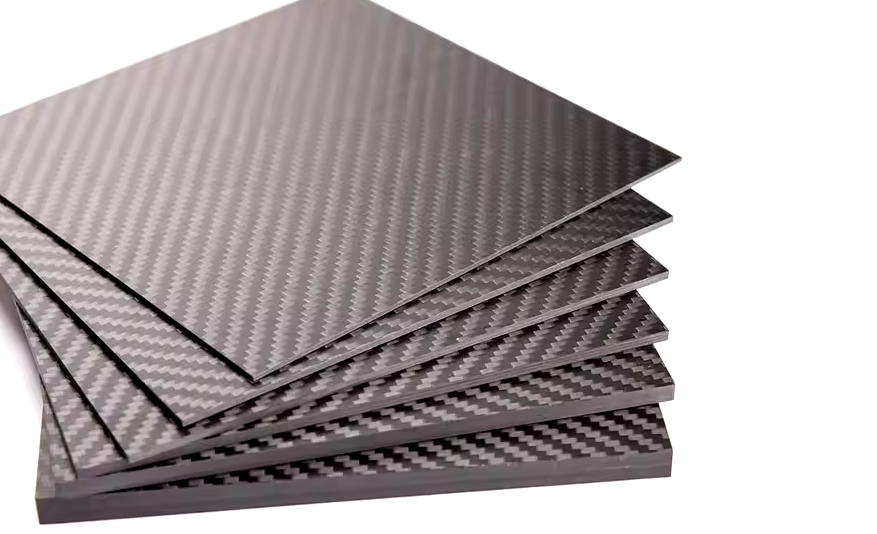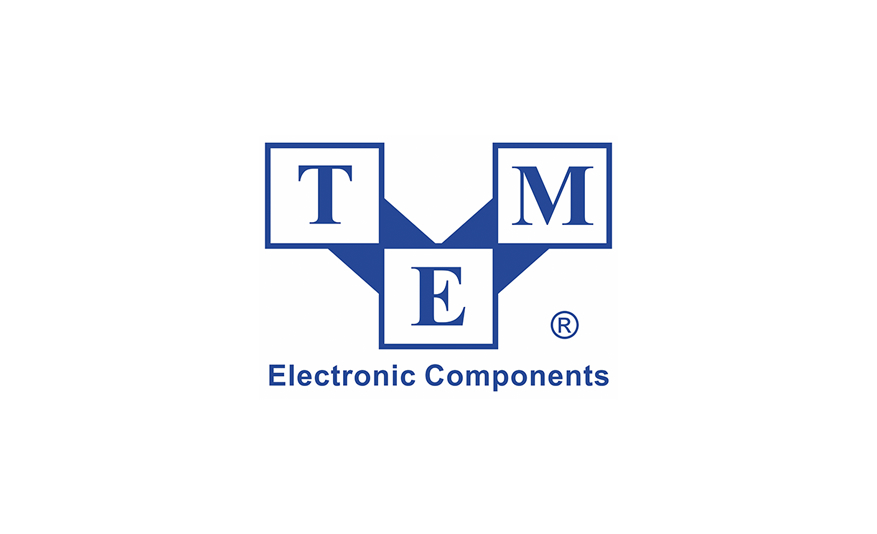Super wearable electronics that are lightweight, stretchable and increase sweat permeability by 4,000-fold have been developed by scientists at City University of Hong Kong (CityUHK), enabling reliable long-term monitoring of biosignals for biomedical devices.

Led by Professor Yu Xinge in CityUHK’s Department of Biomedical Engineering (BME), the research team has recently developed a universal method to creating these super wearable electronics that allow gas and sweat permeability, solving the most critical issue facing wearable biomedical devices.
Wearable electronics play a significant role in promoting health and fitness. Continuous monitoring of physiological signals over a prolonged period is essential for gaining a comprehensive perspective on an individual's overall health status, early disease prediction, personalised therapeutics and improved management of chronic health conditions.
However, the long-term signal stability could be influenced by sweat or air permeability. Professor Yu and his team have put in significant effort into addressing the need for wearable devices that can provide continuous and stable monitoring of vital signs without causing discomfort or signal disruption brought about by perspiration.
Resolving this challenge, the team has developed a fundamental methodology from materials processing, device architecture and system integration for integrated permeable wearable electronics based on a nature-inspired three-dimensional liquid diode (3D LD) configuration, in which surface structures facilitate the spontaneous flow of liquids in a specific direction.
“Incorporating a 3D spatial liquid manipulation technique, we have achieved fully integrated permeable electronics that match the circuitry and functionality to state-of-the-art wearable devices, enabling superb breathability,” said Professor Yu. “The 3D LD does not rely on unique materials but adopts an in-plane liquid transport layer called the horizontal liquid diode.”
In the study, the device that the team created can transport sweat from the skin 4,000 times more effectively than the human body can produce it, ensuring seamless monitoring even in sweating conditions, solving the issue of signal disruption caused by sweat accumulation at the device-skin interface.
And because of its thin, lightweight, soft, and stretchable features, the device demonstrated exceptional compatibility with the human body, effectively adhering to the skin, maintaining a comfortable and stable interface between the device and the skin, providing high-quality signals.
“Our findings provide fluid manipulation and system integration strategies for the soft, permeable wearables. We have successfully applied this technology to both advanced skin-integrated electronics and textile-integrated electronics, achieving reliable health monitoring over a weeklong duration,” said Professor Yu.
Currently, the team is advancing to clinical trials to confirm the effectiveness of their technology in real-world scenarios.
Professor Yu is the corresponding author. Dr Zhang Binbin, Dr Li Jiyu, Zhou Jingkun, and Chow Lung are the paper's first authors. Dr Zhang and Dr Li are postdoctoral fellows in the BME and Hong Kong Centre for Cerebro-Cardiovascular Health Engineerings, an InnoHK centre. Mr Zhou and Mr Chow are PhD students under the supervision of Professor Yu.













































